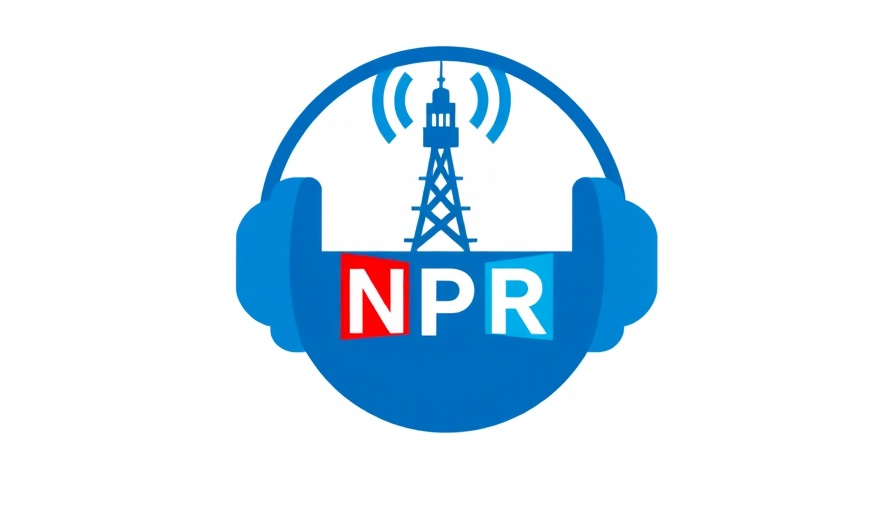
Understanding the Vampire Bat Vaccination Breakthrough
Recent research has sparked hope in the battle against the diseases carried by vampire bats, a species notorious not just for their bloodsucking tendencies but also their role in spreading rabies and other viruses. A new vaccination method offers a unique approach to tackling these risks, leveraging advances in biology that could have significant implications for public health and industries reliant on livestock.
Why This Research Matters
The importance of this study extends far beyond the confines of the laboratory. For health professionals and industries engaged with animal husbandry, the emergence of rabies through bat populations can translate into severe economic losses and health risks. By addressing the disease reservoir before it spills over into human populations, this vaccination method can potentially save lives and minimize disruption to agricultural cycles.
The Unique Approach to Vaccination
This new study shows promise in a novel delivery mechanism aimed at vampire bats, focusing on a targeted oral vaccine that can be dispersed in the wild. Unlike traditional injections, which require handling and can be impractical for wild animals, oral vaccinations may lead to higher acceptance rates among the bat population and wider distribution of immunity against deadly viruses.
Economic and Health Implications
The ripple effects of successfully vaccinating bats extend into various sectors. For businesses in agriculture, especially those in the regions where vampire bats are prevalent, this could reduce the financial burden associated with livestock infections. Health professionals stand to benefit significantly, as curbing rabies transmission helps to protect public health and safety.
Global Significance of Bats
While vampire bats might not be the most typical focus of wildlife conservation efforts, they play crucial roles in their ecosystems, such as pollination and seed dispersal. Understanding how interventions like vaccinations can support their populations also aligns with broader environmental and agricultural sustainability goals, which are becoming increasingly important in today's market-driven world.
Counterarguments: A Need for Holistic Approaches
Despite the excitement surrounding this research, some environmentalists warn against an overly simplified view of wildlife interaction with disease. Critics argue that focusing too heavily on vaccination might overlook underlying ecosystem health issues. A comprehensive strategy must also consider wildlife habitats and food sources to ensure that efforts like this do not inadvertently lead to more significant ecological imbalances.
Future Insights and Predictions
The implications of this study hint at a future where vaccinations for wildlife become a practical reality. As biotechnology continues to advance, the possibilities of controlling wildlife-borne diseases seem increasingly feasible. Businesses and industries should prepare for a more proactive approach in disease management, potentially transforming how outbreaks are handled.
Conclusion: A Call to Consider Broader Applications
For CEOs, marketing managers, and industry leaders, the intersections between wildlife management and health practices might reveal new corridors for innovation. As we push towards a future with more integrated health systems, understanding the connections between wildlife health and human health can pave the way for novel business opportunities and strategies for a sustainable future.
 Add Row
Add Row  Add
Add 




Write A Comment